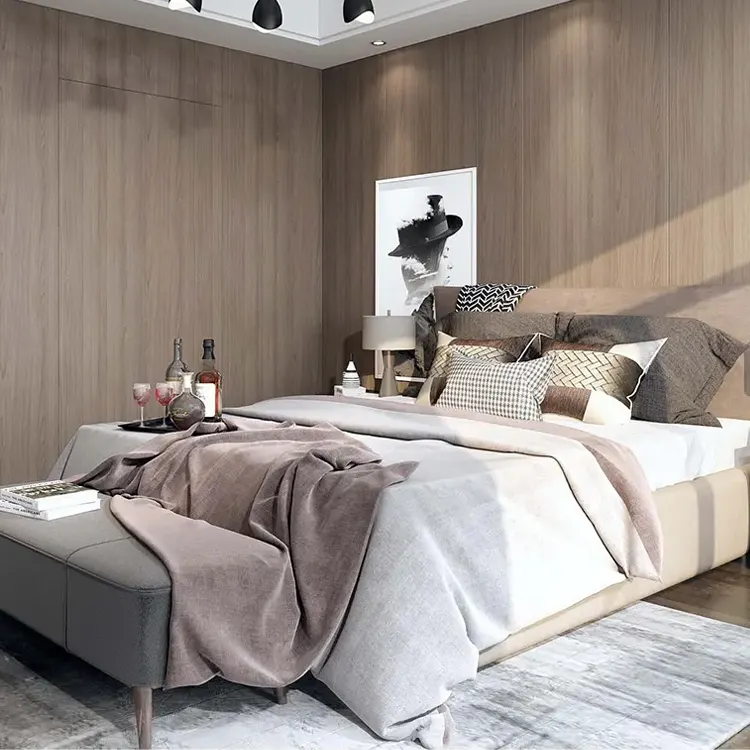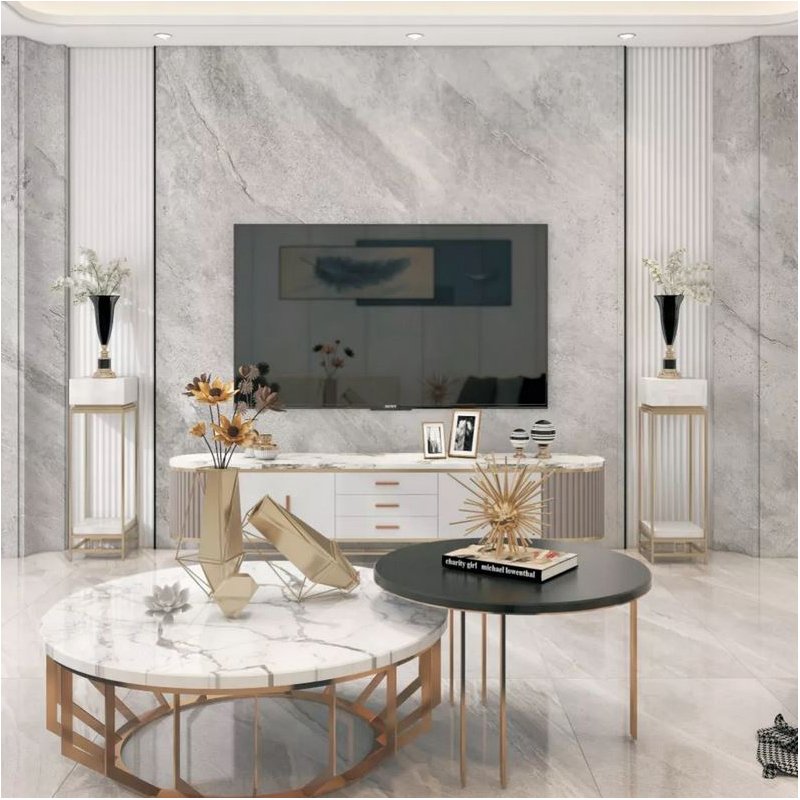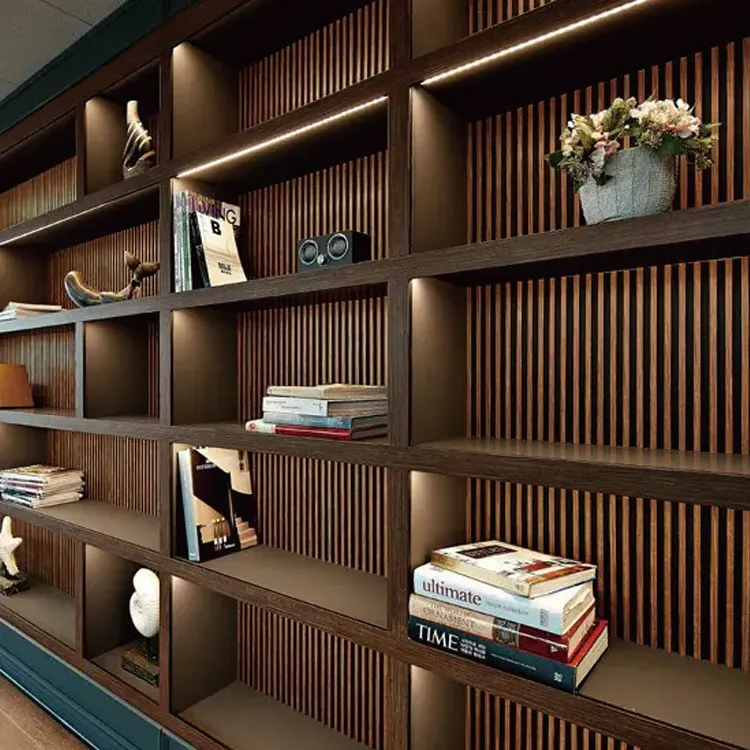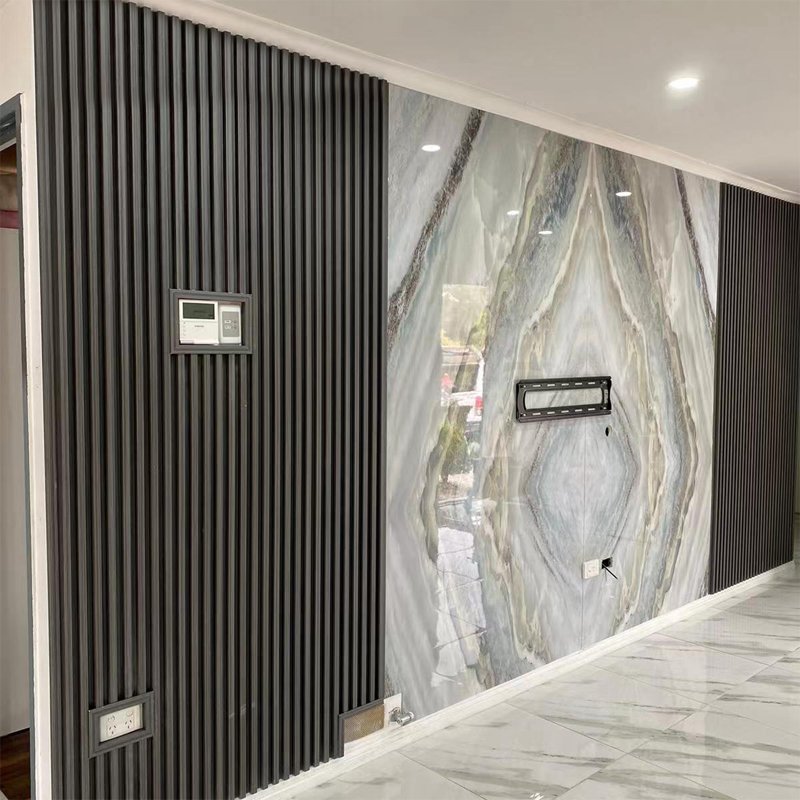From “ugly cover-up tools” to “spatial assets”, a home furnishing industry upgrade triggered by material innovation.

When the latex paint walls quietly develop mold spots during the rainy season in the south, when the expensive rock plate background walls crack on the construction site due to dimensional errors, and when young homeowners sigh at the uniform fully-furnished houses – the cracks in traditional decoration are spreading. Decorative panels, once regarded as a “substitute for workwear”, are reshaping industry rules at an astonishing speed. Its disruptive nature lies not only in the innovation of the materials themselves, but also in its reconstruction of the underlying logic of the word “decoration” : it has been elevated from a consumptive project that covers up defects to a functional asset that adds value to space.
I. Construction Efficiency Revolution: Industrialized production Overturns the on-site operation mode
Modular installation speeds up
Prefabricated panels (such as metal wall panels and integrated wall panels) adopt a factory prefabrication and on-site assembly mode, eliminating the need for traditional plastering and painting processes, and increasing installation efficiency by more than 50%. For instance, ordinary workers can complete wall construction as quickly as building Lego, significantly shortening the construction period.
Simplify processes and reduce costs
Traditional decoration requires the collaboration of multiple trades such as masons and painters, which is prone to liability disputes. The panels are directly installed on the roughcast walls, eliminating the need for wall scraping and putty application, and reducing labor costs by 60%. Completely eliminate the cost black hole and turn the invisible invisible consumption into the visible one.

II. Environmental performance upgrade: Eliminate pollution from the source
Material non-toxic
Bamboo and wood fiber integrated wall panels, carbon crystal panels, etc. use environmentally friendly base materials (bamboo powder, wood powder, calcium powder), and the entire production process is free of formaldehyde addition, solving the pollution problem caused by glue and paint in traditional decoration.
Reducing construction waste
The 2023 report of China Academy of Building Research shows that traditional wall decoration generates approximately 18 kilograms of construction waste per square meter. Based on the annual addition of 1 billion square meters of wall space across the country, it is equivalent to 18 million tons of garbage – enough to fill three West Lakes. Decorative panels, with their detachable structure and recycled materials (such as bamboo fiber substrates with a recycling rate of up to 98%), are rewriting this ecological tragedy.
Prefabricated decoration reduces on-site operation waste by 90%, compared with traditional decoration (generating an average of 2 to 5 tons of waste per house), achieving green construction.
III. Physical Properties Superior: Solving the defects of traditional materials
Durability breakthrough
The hardness of the rock plate exceeds grade 6 (Mohs hardness), it is wear-resistant and scratch-resistant, with a water absorption rate of only 0.06%, and its impermeability far exceeds that of ceramic tiles.
Aluminum single plates have excellent weather resistance. The fluorocarbon-coated surface can resist acid rain and ultraviolet rays, and their service life can reach several decades.
Functional enhancement
Decorative panels have properties such as water resistance, moisture resistance, flame retardancy (B1 grade), sound insulation and heat preservation. For instance, carbon crystal boards can be used in high-humidity areas, while wood veneer panels require regular moisture-proof maintenance.

IV. Aesthetics and Customization Freedom: Breaking the Boundaries of Design
Texture diversity
Through lamination technology, the panel can imitate any effect such as wood grain, stone grain, and fabric, meeting personalized demands like minimalism, industrial style, and Chinese style.
Structural innovation empowers
Prefabricated metal wall panels support complex shapes such as curved surfaces and perforations. Aluminum single panels can even achieve double-curved wave designs, unleashing the potential of architectural aesthetics.

The cast iron revolution in the 19th century gave birth to skyscrapers, and concrete in the 20th century changed the contours of cities – and now the silent revolution triggered by decorative panels is spreading from the walls we are most familiar with. It has torn off the label of “consumptive expenditure” in decoration and evolved into an iterative, interactive and value-added space operating system. Those who were the first to view the wall as a “hardware entry point” will eventually reap far more than expected returns in the revaluation of space value over the next decade.


